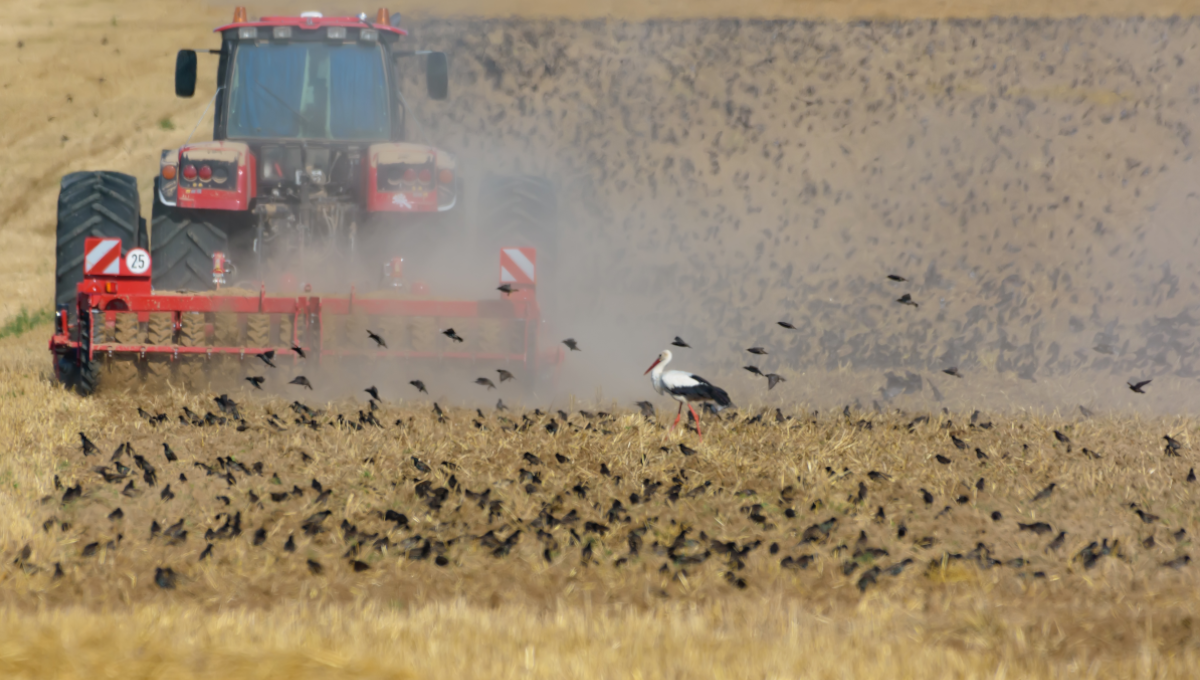
According to research from the University of California-Davis, concerns over foodborne risk from certain wild birds may not be as severe as once thought by produce farmers.
The study, titled “A trait-based framework for predicting foodborne pathogen risk from wild birds” published in the journal Ecological Applications, found that the risk of foodborne pathogens being spread from wild birds is often low, but varies depending on the species of bird. Birds like starlings that flock in large numbers and forage on the ground near cattle were more likely to spread pathogenic bacteria to crops like lettuce, spinach and broccoli. But insect-eating species were less likely to carry pathogens. The study found low instances of E. coli and Salmonella prevalence.
“We basically didn’t know which birds were problematic,” said lead author Olivia Smith, a postdoctoral researcher at Michigan State University who was at the University of Georgia when this paper was written. “I think this is a good step forward for the field.”
The research findings suggest that current practices of removing bird habitats around produce growers’ farms may not solve the problem of pathogenic bacteria.
Daniel Karp, the senior author on the study and an assistant professor in the UC-Davis Department of Wildlife, Fish and Conservation Biology, hopes that the data can help the agricultural industry determine risk and take action, such as separating produce crops from cattle lands. And that they don’t need to treat all birds the same.
“Maybe farmers don’t need to be quite as concerned about all types of birds,” Karp said. “Our data suggest that some of the pest-eating birds that can really benefit crop production may not be so risky from a food-safety perspective.”
Only one foodborne disease outbreak in produce has been conclusively traced to birds, according to the researchers. It was a Campylobacter outbreak from peas from Alaska. While the bacteria can cause diarrhea and other foodborne illness in humans, it’s less of a concern to growers than E. coli and Salmonella, which have been responsible for multiple outbreaks across the nation.
Study methods
- Researchers compiled more than 11,000 bacteria tests of wild bird feces and found that Campylobacter was detected in 8 percent of samples.
- Pathogenic E. Coli and Salmonella were only found in very rare cases at less than 0.5 percent.
- Researchers conducted roughly 1,500 bird surveys across 350 fresh produce fields in Western states and collected more than 1,200 fecal samples from fields.
- Researchers modeled the prevalence of pathogens in feces, interactions with crops, and the likelihood of different bird species to defecate on crops to determine risk.
The full study can be found here.
(To sign up for a free subscription to Food Safety News, click here.)
"bird" - Google News
January 10, 2022 at 12:21PM
https://ift.tt/33luiaZ
Study shows that certain bird species pose more food safety risk to crops than others - Food Safety News
"bird" - Google News
https://ift.tt/2s1zYEq
https://ift.tt/3dbExxU
Bagikan Berita Ini















0 Response to "Study shows that certain bird species pose more food safety risk to crops than others - Food Safety News"
Post a Comment